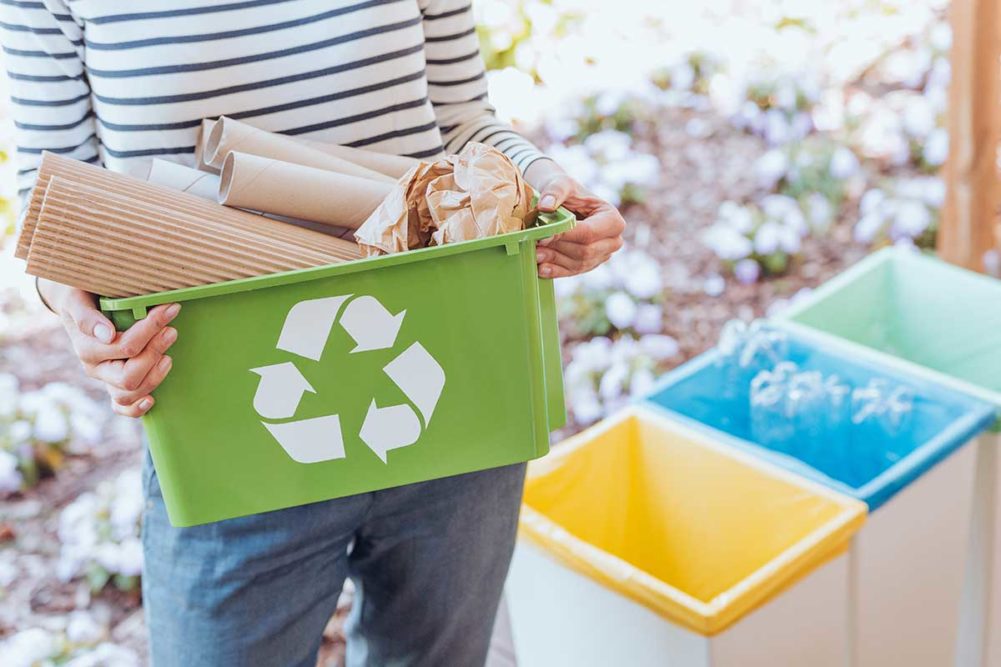AMELIA ISLAND, FLA. — State by state, the United States is introducing and passing legislation to implement Extended Producer Responsibility (EPR). At the American Bakers Association (ABA) Convention, held March 26-28, Dan Felton, executive director of AMERIPEN, and Kelly Smith, vice president of institutional affairs at Ferrero USA, Parsippany, NJ, spoke with Rasma Zvaners, vice president of regulatory and technical services, ABA, about the growing issue.
EPR legislation isn’t new on a global scale. The first programs appeared in Europe in 2000 and have spread throughout the world including Canada, and in the past two years four bills have been passed into law in four states: Maine, Oregon, Colorado and California.
EPR is a policy mechanism that shifts the responsibility of products’ end of life from consumers and government to the producer. Producers pay fees into an organization that sets up the recovery and recycling of the products at the end of life.
“We have a lot of EPR in the U.S. for hard-to-recycle items like carpet, paint, batters and light bulbs,” Mr. Felton explained.
Never before, however, has packaging been a part of these programs, until now. The laws already passed and the 35+ bills in motion now across at least 16 states all would require branded companies responsible for packaging to pay fees to these organizations, most likely starting in 2025, based on packaging material, weight, size and other parameters.
“For anyone who follows politics in the way ABA does, this is moving really fast for a very complicated issue,” he said. “We’re expecting to see one or two more bills enacted into law this year, though which states changes from day to day.”
These bills are complicated and will require companies to pay fees that currently aren’t fully understood.
“We’re still working to figure out how much we’ll be paying,” said Ms. Smith, who is familiar with Canada’s EPR fees through Ferrero’s global business. “They could be $1 million or $20 million. It depends on the states, their laws, the packaging design, and the materials used.”
Much of this confusion stems from the fact that there is no uniformity between states. Mr. Felton said some guidance around definitions from the federal government or support could at least provide some clarity and ensure every state’s legislation is on the same page. An ideal bill would place much of the control of the EPR programs in the hands of the producers.
“Industry is willing to accept these policies and the fact that they will also help companies meet their ESG goals, but we also want some control over the program,” he said. “We also want it to cover all packaging materials as that provides strength in numbers and will help everybody. Let the producers figure it out based on states, current and future packaging materials, needs and performance goals.”
He also pointed out that there should be some input from different levels of government and the consumer since the consumer ultimately decides what to do with packaging at the end of its life.
Preparing for the implementation of current and future legislation, however, Ms. Smith encouraged companies to create an internal team to ensure that the company is paying the correct fees and is in compliance with EPR programs. Many different departments within the company will be affected: legal, regulatory, supply chain, packaging, finance and government affairs. Bringing them together can help manage the load.
“There are 40 million people in California, and you hope they’re all buying your products,” she said. “But 40 million people across all of your SKUs, that’s a lot of packaging and a lot of calculations.”
As companies consider their approach, they can also look to future packaging needs and ESG plans and look for ways to invest in more sustainable packaging to mitigate these costs. Compostable or recyclable packaging can provide credits that reduce fees companies will have to pay out.






